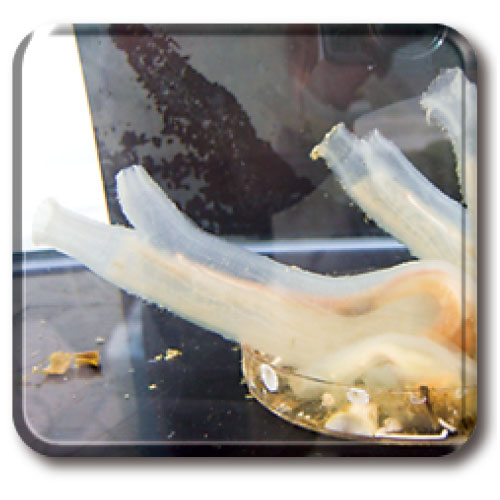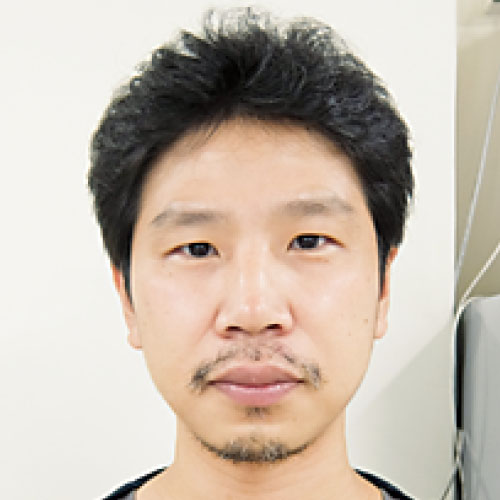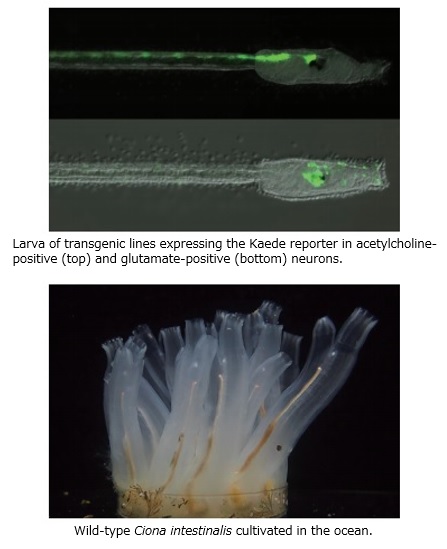

- Core Center:Shimoda Marine Research Center, University of Tsukuba
- Principal Investigator:Yasunori Sasakura
- FAX:+81-558-22-0346
- Sub-Core Center 2:Graduate School of Science, Kyoto University
- Sub-Core Center 3:Misaki Marine Biological Station, Graduate School of Science, The University of Tokyo
概要Overview
 Ciona intestinalis belongs to the marine invertebrate chordate, ascidian. Ascidian is the closest living relative of vertebrates. Elucidating the molecular mechanisms of ascidians is necessary for understanding the evolution of chordates. The simple body structures and genome of Ciona make it well-suited for molecular studies. Its genome sequence has been well-annotated and gene resources comprehensively prepared. It has a generation time of only 3 months and inland culture systems have been established.
Ciona intestinalis belongs to the marine invertebrate chordate, ascidian. Ascidian is the closest living relative of vertebrates. Elucidating the molecular mechanisms of ascidians is necessary for understanding the evolution of chordates. The simple body structures and genome of Ciona make it well-suited for molecular studies. Its genome sequence has been well-annotated and gene resources comprehensively prepared. It has a generation time of only 3 months and inland culture systems have been established.
Stock
・Mutants and transgenic lines: about 150 lines
・Wild-type (closed colonies established from wild populations): 2 populations
・Expression vectors: about 400 clones
Subjects in the NBRP programs related to “Ciona intestinalis“
【 Value addition subprogram/ Genome Information Upgrading Program 】
| FY2023-FY2024 | カタユウレイボヤ野生型標準系統の遺伝子型 (in Japanese) |
| FY2011 | Genome sequencing of the Ciona intestinalis inbred line |
